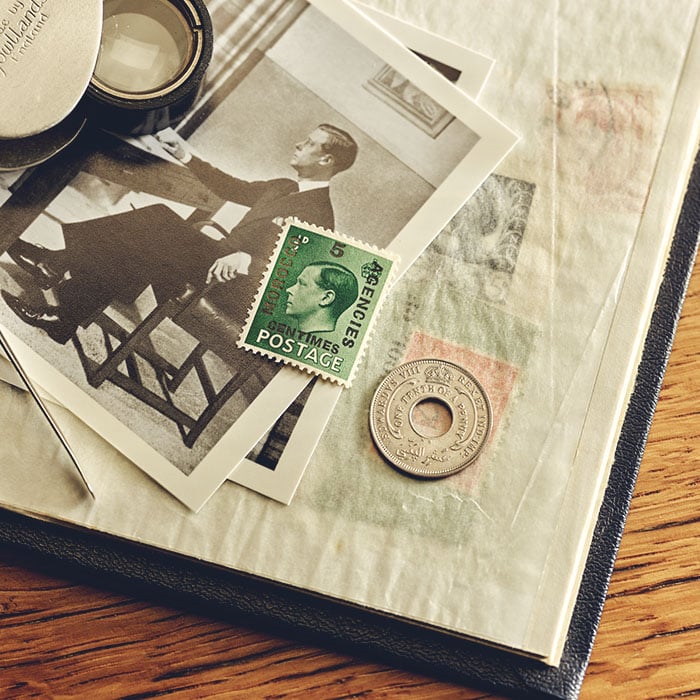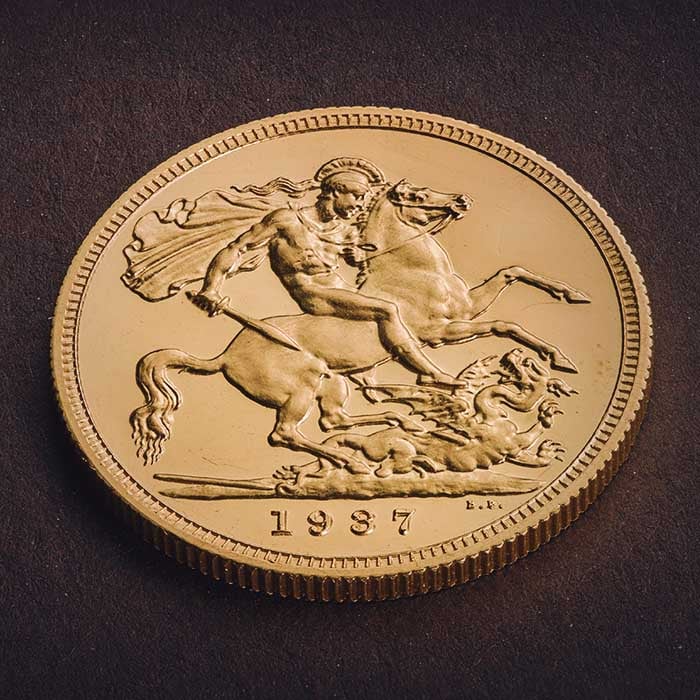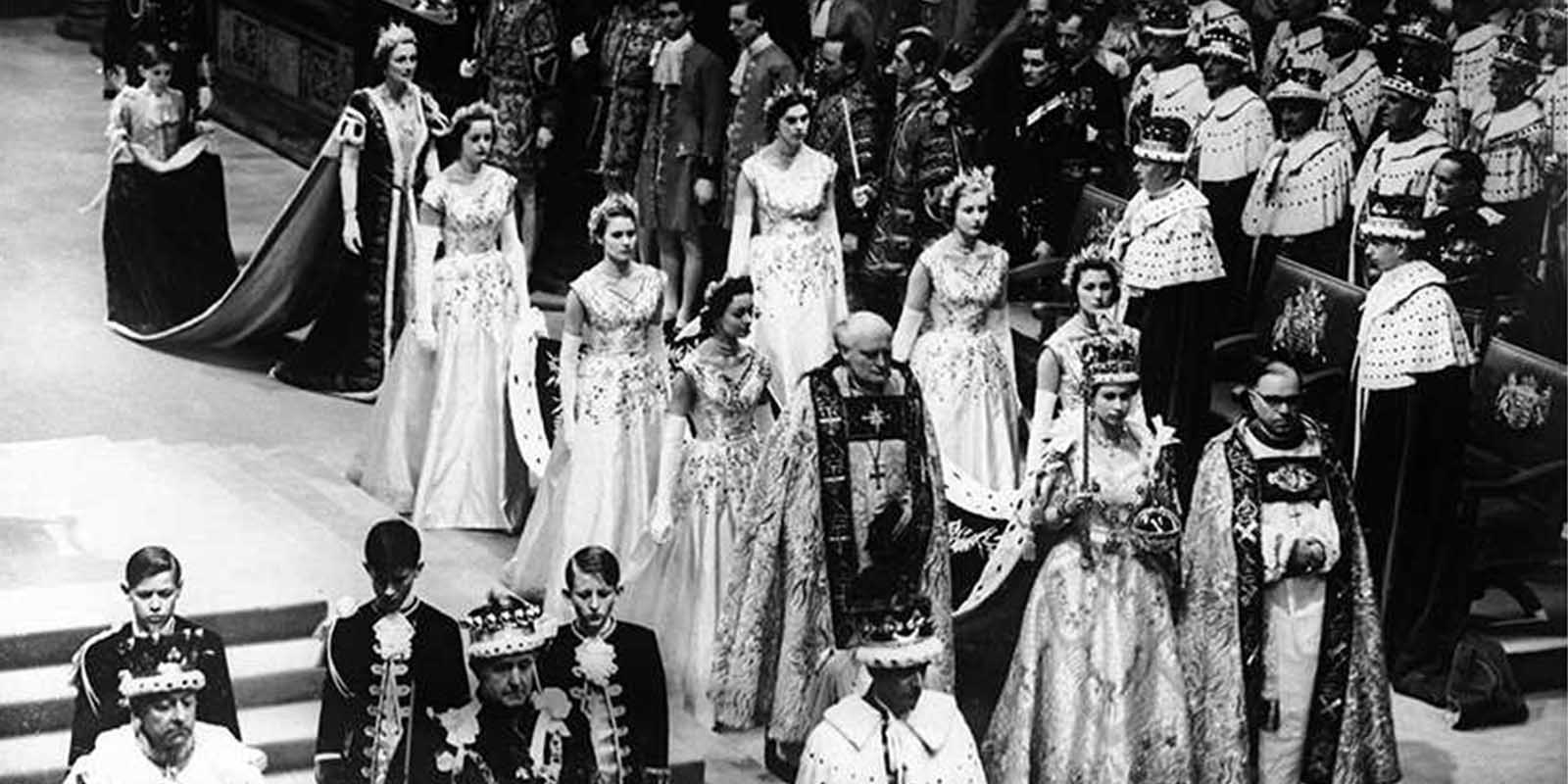
Coronation of Queen Elizabeth II
On 2 June 1953, 16 years after watching the crowning of her father, George VI, Her Majesty took part in her own elaborate coronation. At the age of 27, The Queen became the sixth queen to be crowned at Westminster Abbey.
For a country still living in the shadow of the Second World War, the coronation was a tremendous occasion. It has been estimated that as many as three million people lined the streets of London to catch a glimpse of the golden carriage carrying the young queen. On this occasion, however, the revellers were not limited to London. For the first time in history, the people of the United Kingdom were able to watch a coronation on television. In the UK alone, 27 million people (out of a population of around 50 million) tuned in to watch the pageantry unfold; 11 million more listened on the radio. This was, after all, a truly historic occasion that marked the beginning of the longest reign of any British monarch.
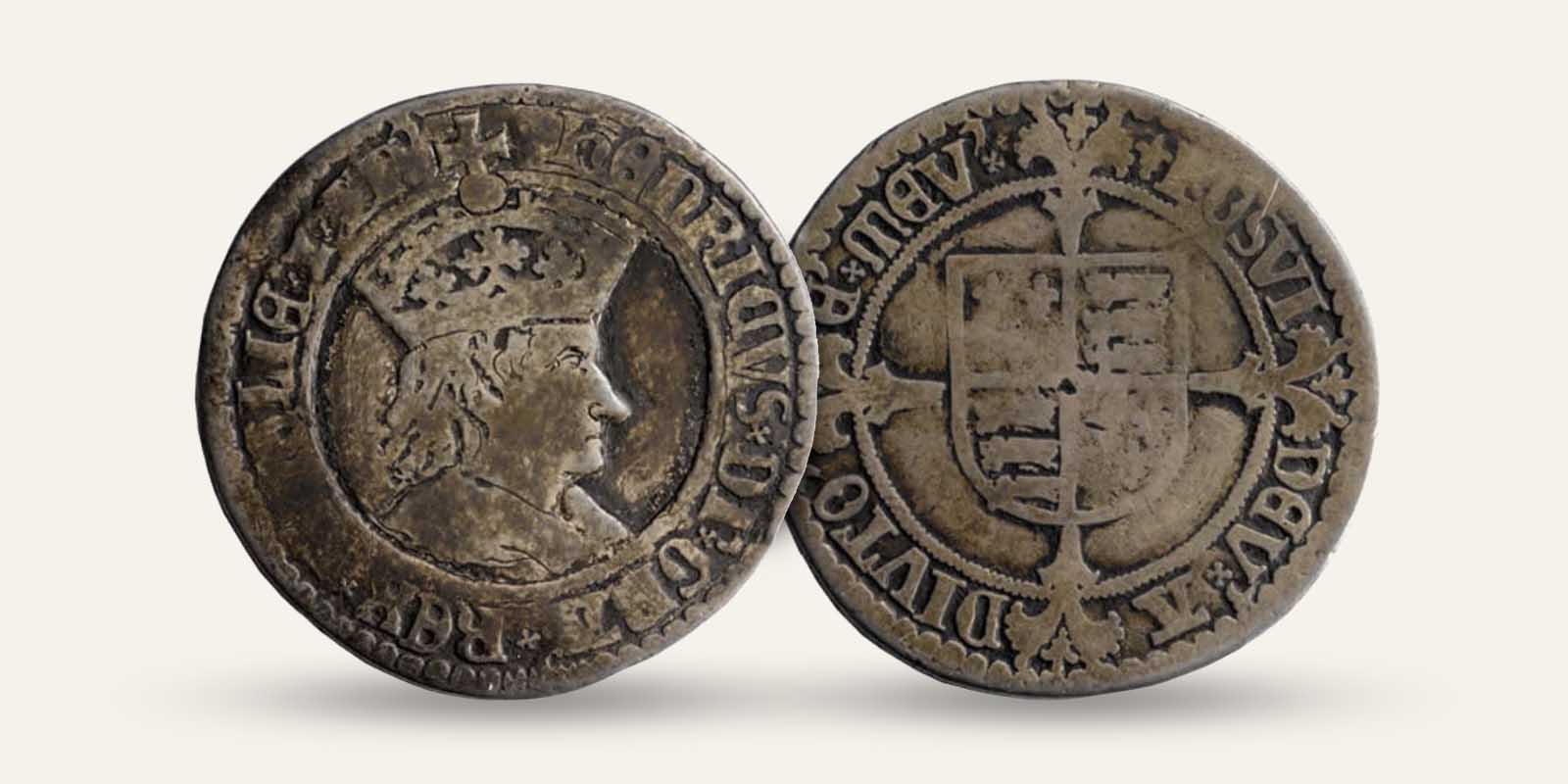
A Brief History of the Shilling
The first shilling was introduced during the reign of Edward VI in 1549 and was worth 12 pence, denoted with the mark XII on the obverse. The coin is noteworthy as it was one of the first British coins to bear a date. The original coin was struck with the Roman numerals MDXLIX, but this would later change to a numeric date.
The shilling has featured a shield in some form on the reverse from its first iteration through its entire lifespan. During the Commonwealth period in England from 1649 to 1660, the coin moved to a dual- shield design that represented the connection between England and Ireland. In 1662, with the emergence of milled coinage, the coin took on a four-shield design that would stay with it for the remainder of its usage. No matter what design tweaks were made over the years, this iconic feature remained.
The shilling proved a successful denomination and was produced until 1966. Prior to decimalisation, it was part of the UK’s long-standing pounds, shillings and pence coinage system. Decimal Day was 15 February 1971, when the new 5p coin officially replaced the shilling, although the older coin would remain legal tender for years to come, used to denote five pence.
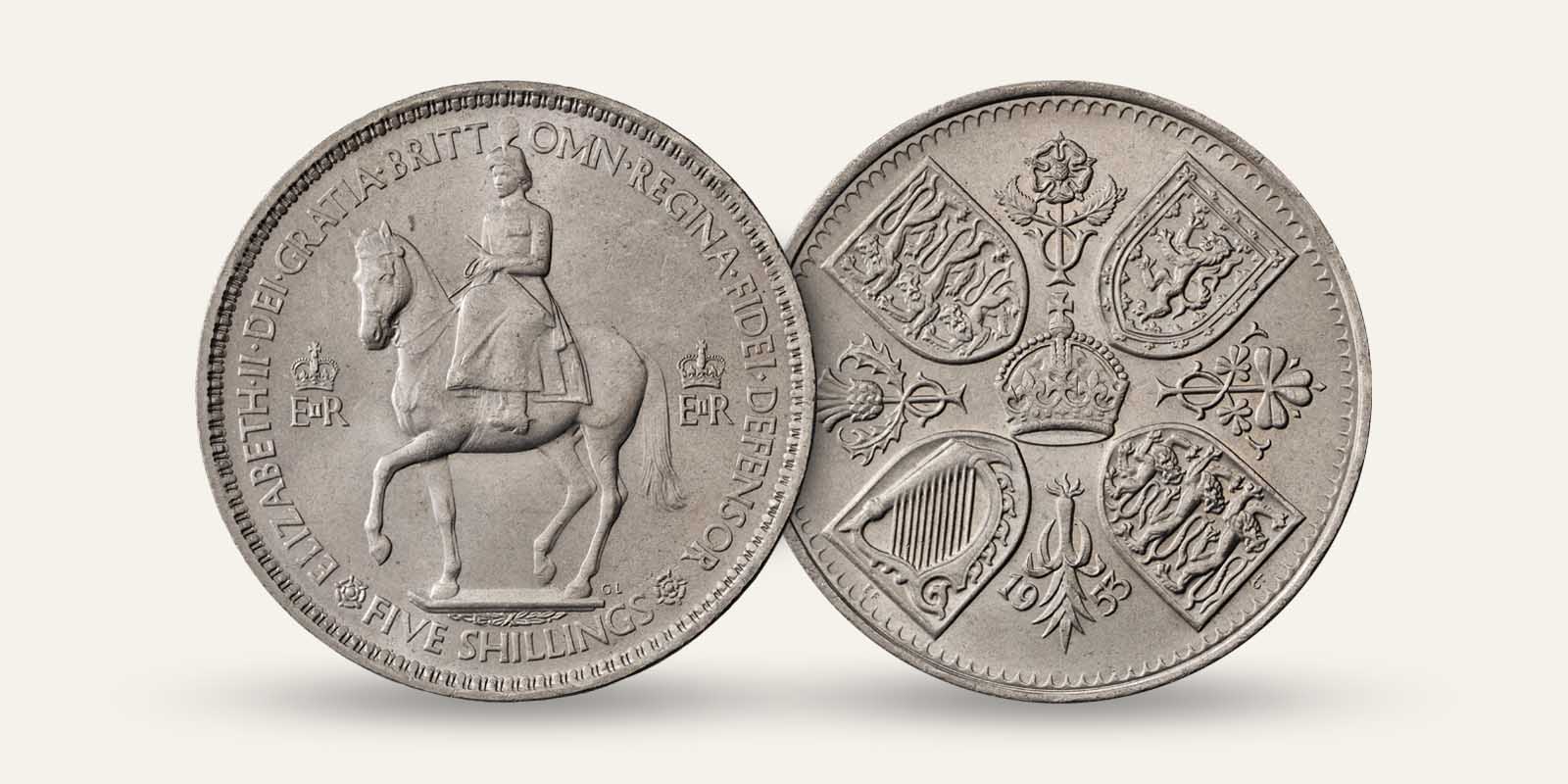
1953 Coronation Five-Shilling Coin
The Royal Mint has struck coins for British monarchs for over a thousand years, and we marked the crowning of The Queen in fitting fashion. The 1953 coronation five-shilling coin holds a significant place in numismatic history as the first commemorative coin in the reign of Queen Elizabeth II. The non-circulating crown (five shillings) was originally issued as a single coin and as part of a ten-piece collectable set that commemorated the occasion.
The obverse features Edgar Fuller’s portrait of Her Majesty riding her horse, Winston, in her Colonel-in-Chief of the Grenadier Guards uniform, worn during the Trooping the Colour ceremony. The reverse bears a traditional saltire four-shield design containing a rose, a thistle, a sprig of shamrock and a leek to represent the four nations of the UK. A royal crown resides at the centre of the four shields to symbolise the monarch at the heart of her nation. The coin’s edge is engraved with the words ‘Faith and Truth I Bear Unto You’, traditionally expressed during the coronation ceremony as an act of homage.
As the first commemorative coin of Queen Elizabeth II’s reign, this stunning coin plays an important part in numismatic history. The story continues in 2022 as the nation prepares to celebrate the Platinum Jubilee that will mark Her Majesty’s 70 years on the throne.
ELIZABETH II COINS SHOP CORONATION COINS
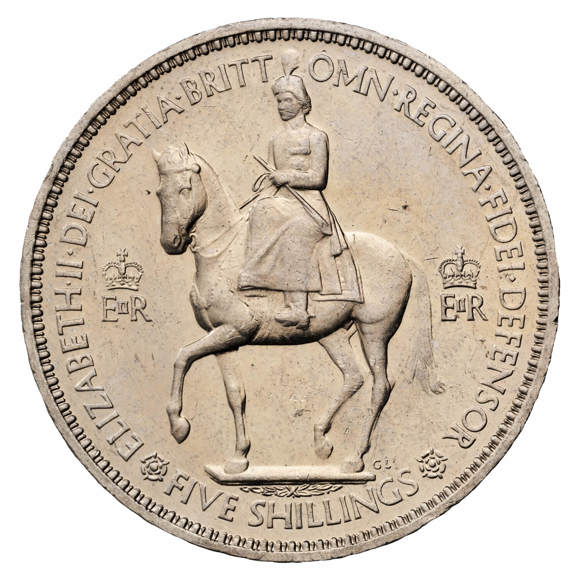

1953 Elizabeth II 5 Shilling, Commemorative Crown
Extremely Fine Condition
Price: £35.00

